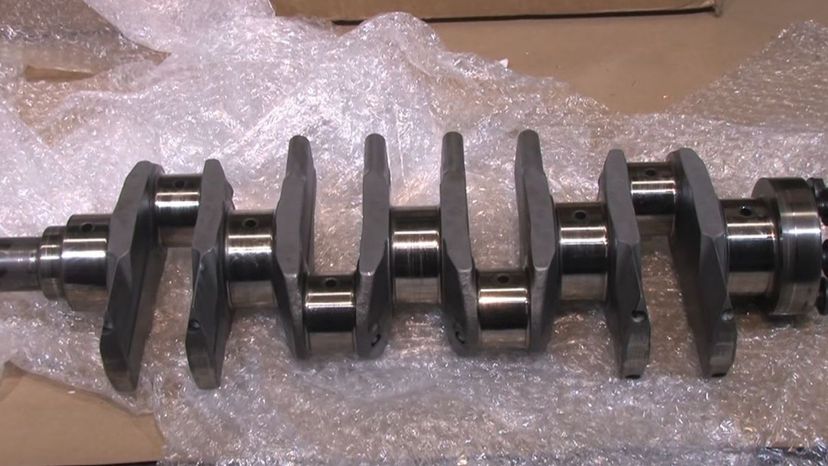
About This Quiz
While you might not consider yourself an automotive "expert," you know your way around under the hood. You know what makes them tick. Or wait - do you, really? This quiz has 48 essential car parts (and maybe a few extras) that most cars need to operate or at least perform reasonably well.
Do you think you can identify an AC compressor from a blower motor at a glance? You may know what an axle shaft is and what it does, but can you readily identify one? Do you know the difference between brake rotors and calipers? The door lock actuator, which is used every time you enter and drive your car, is also considered one of the best safety features every new vehicle should have. But have you ever seen one before? Unless you've ever worked on a car, we're guessing you haven't.
These are the parts that help your car run and keep you safe. How many do you think you can figure out from an image? Buckle up; this quiz is going to take you on a ride!
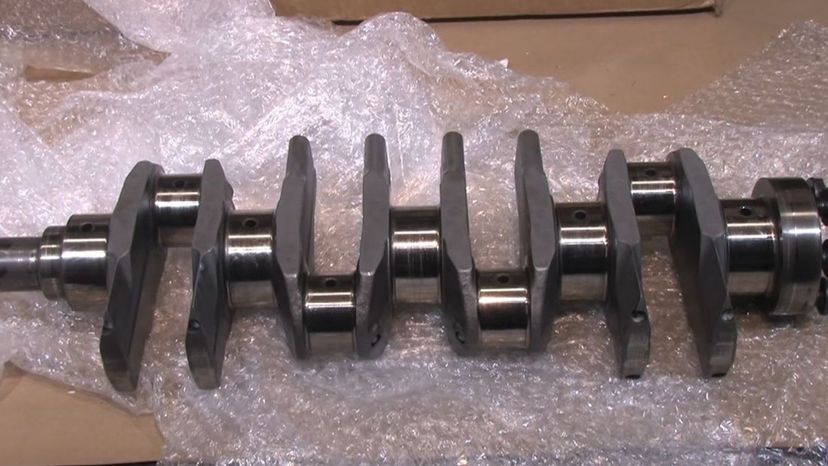
A critical part of the engine, a crankshaft transforms the reciprocating (up and down) motion of the pistons into rotational motion. This action is transferred to the transmission and then the wheels, moving your car.

The crankshaft seal is a piece of rubber, found at the front of the engine. It seals the timing cover and the crankshaft's front section.
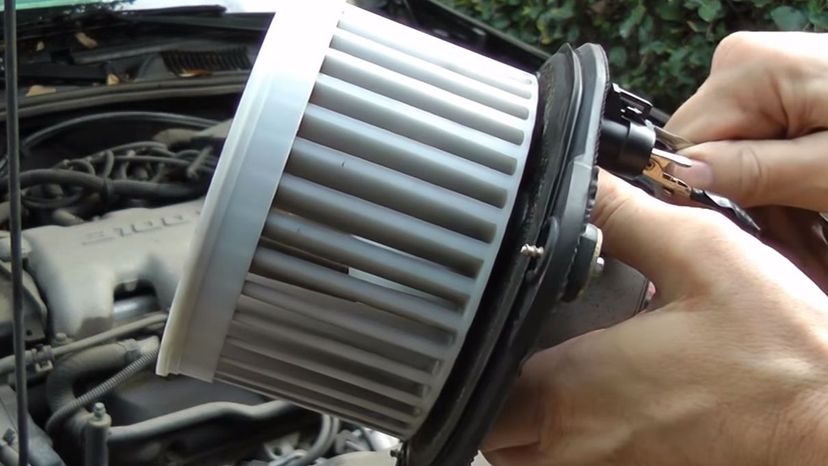
A blower motor moves either hot or cool air (depending on your air-conditioning selection) through the vents of your car and into the cabin.
Advertisement
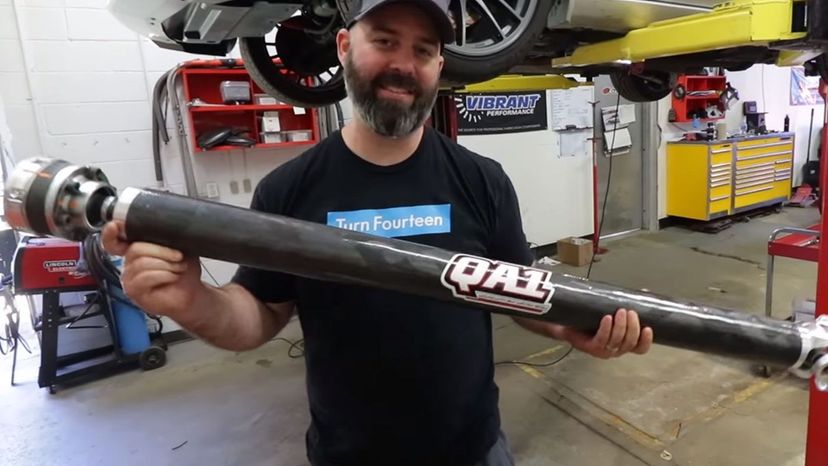
The driveshaft connects the transmission of your vehicle with the differential. It rotates, which in turn powers the wheels through the differential to move your car forward.
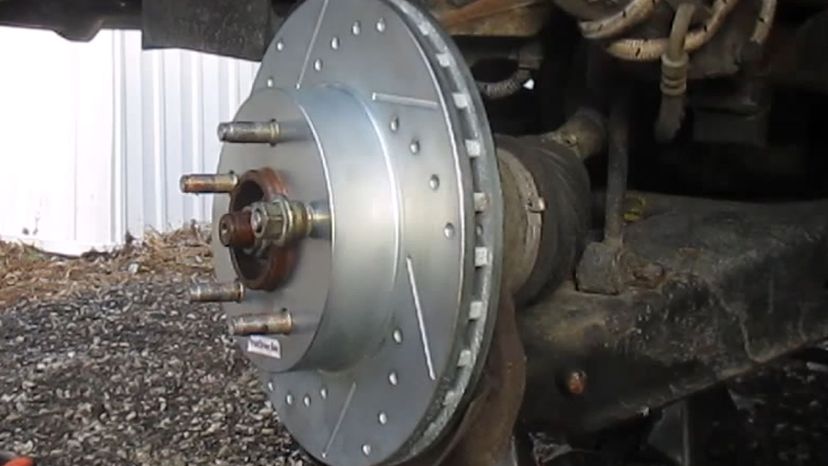
This is a major component of the braking system for your vehicle. When you apply the brakes, the brake disks clamp to the rotor, and the friction slows the car down.
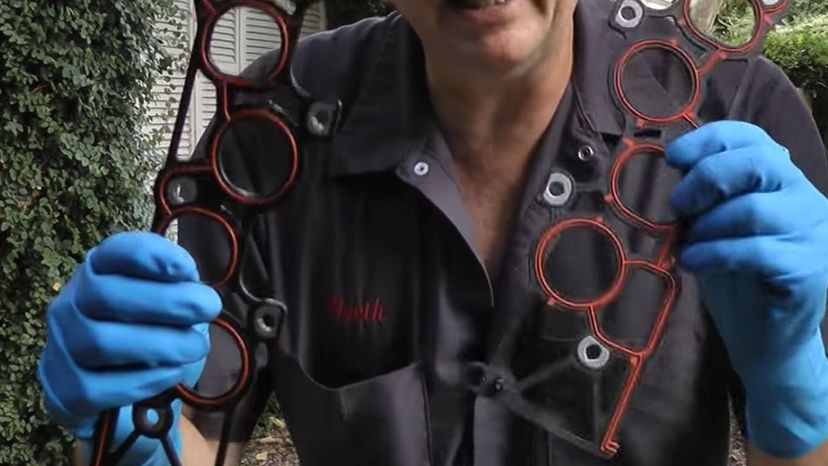
The intake manifold gasket produces a seal in the intake manifold. It ensures that the air/fuel mixture is directed to the cylinder, where it ignites and burns, creating engine power.
Advertisement
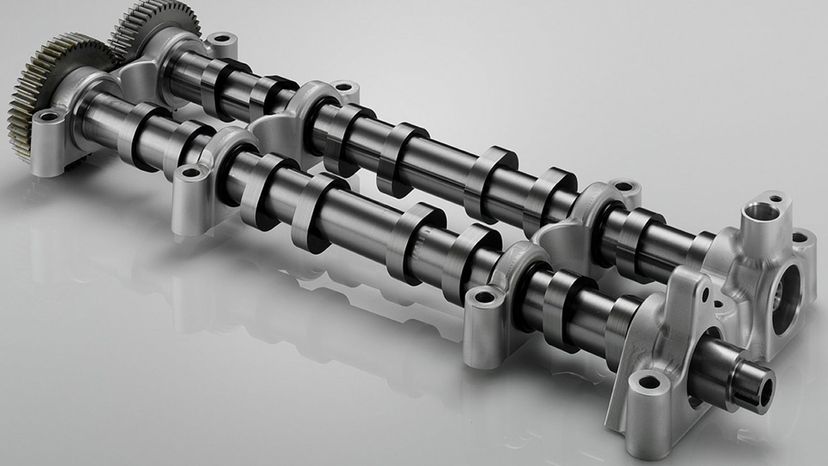
An engine component, the camshaft is needed to open and close the engine valves. It consists of a metal shaft that is placed in line with the engine cylinders.
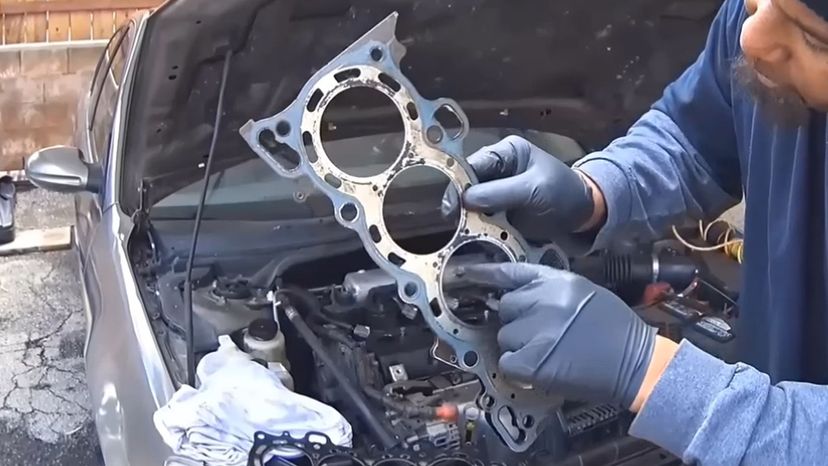
A head gasket is placed between the cylinder head and the engine block. It forms a tight seal to enclose the combustion process in the engine. It also stops oil and coolant fluid from mixing.

The heater core contains small, winding tubes - heater hoses - that are filled with warm coolant liquid directly from the engine. This helps heat the interior of the car in cold conditions, as well as provide heat for the defroster.
Advertisement
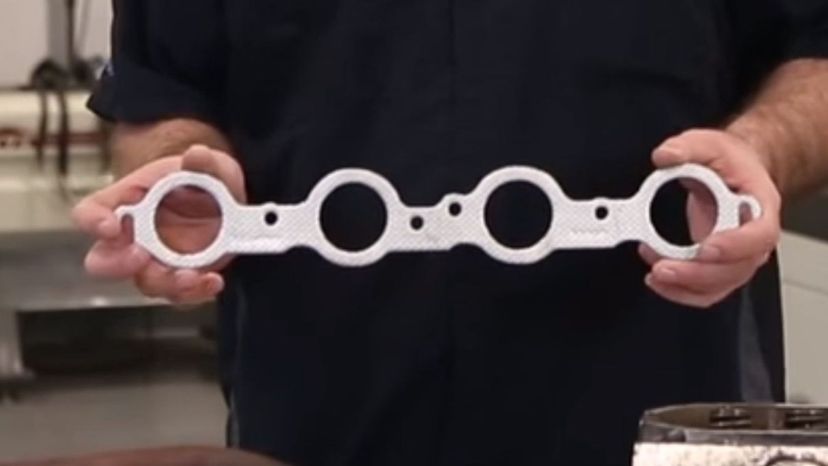
Exhaust manifold gaskets are necessary to provide a seal between the exhaust manifold and the cylinder head.
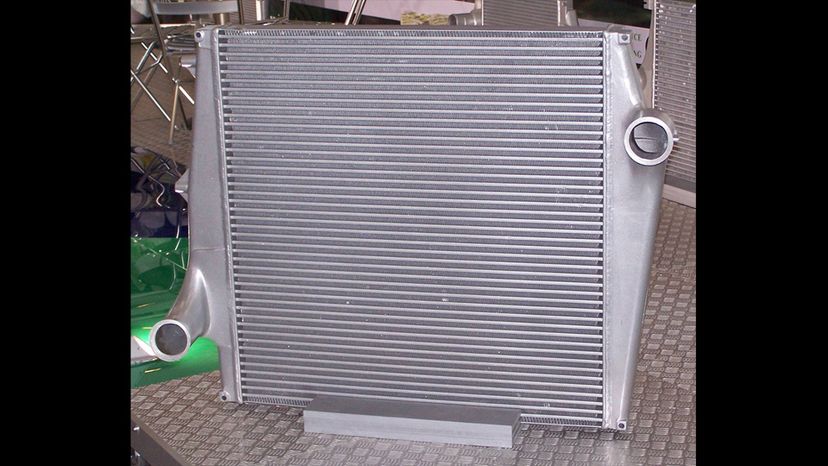
This type of radiator is known as an air-to-air intercooler, but it still serves the same essential purpose of water-based radiators - it's part of the cooling system that stops a vehicle's engine from overheating. Intercoolers tend to be found in higher performance vehicles that need more rapid cooling.
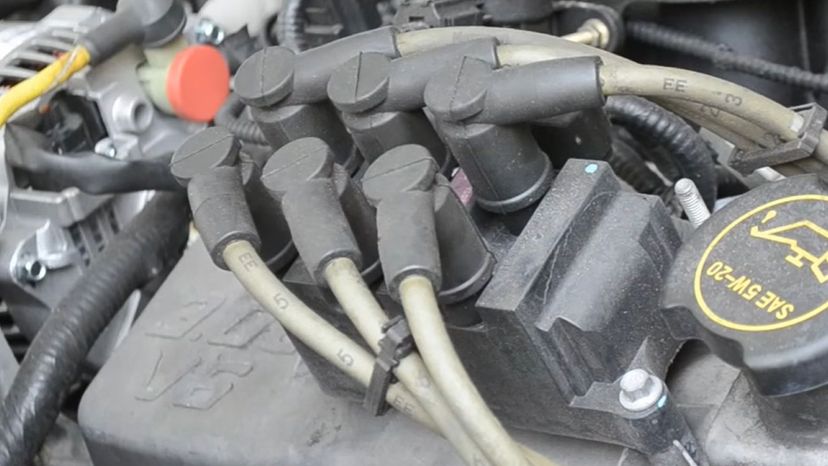
The ignition coil is part of the system that ignites the air/fuel mix of a combustion engine. It carries the low voltage from the battery and transforms it into the thousands of volts necessary to cause a spark in the spark plug. This spark ignites the fuel in the cylinder and moves the pistons, crankshaft, transmission and, finally, the wheels.
Advertisement
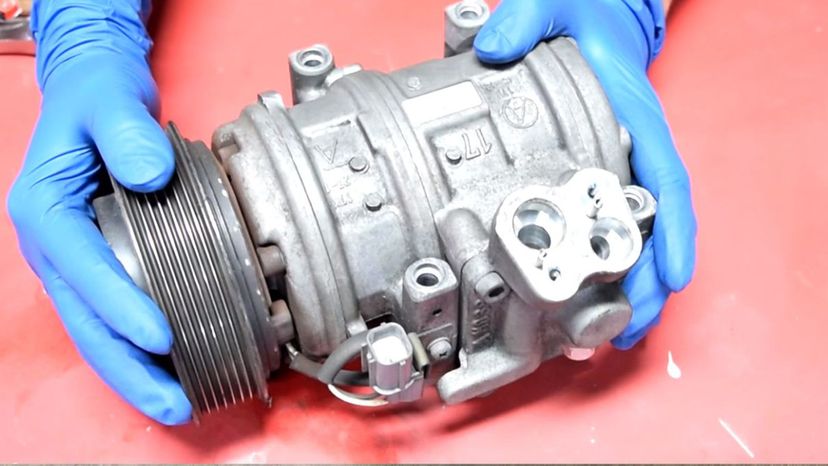
The air conditioning compressor is at the heart of your climate control unit. It first pressurizes the refrigerant in the system and then circulates it through the system.
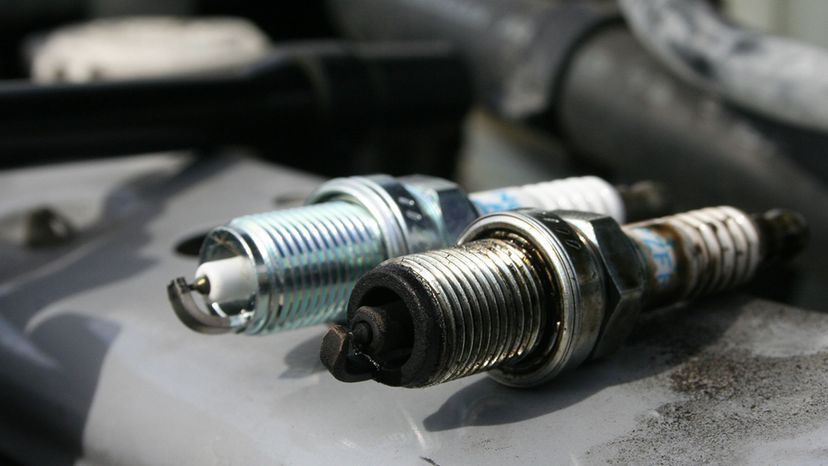
The spark from a spark plug is key in starting an engine. This spark causes combustion of the fuel and air mixture in the cylinder, which then starts the engine and keeps it running.

The engine control unit helps to ensure that a car's engine is running optimally and efficiently at all times. It does this by using a number of actuators on the engine, activating and deactivating them based on input from the many sensors contained within the engine and surrounding mechanisms.
Advertisement
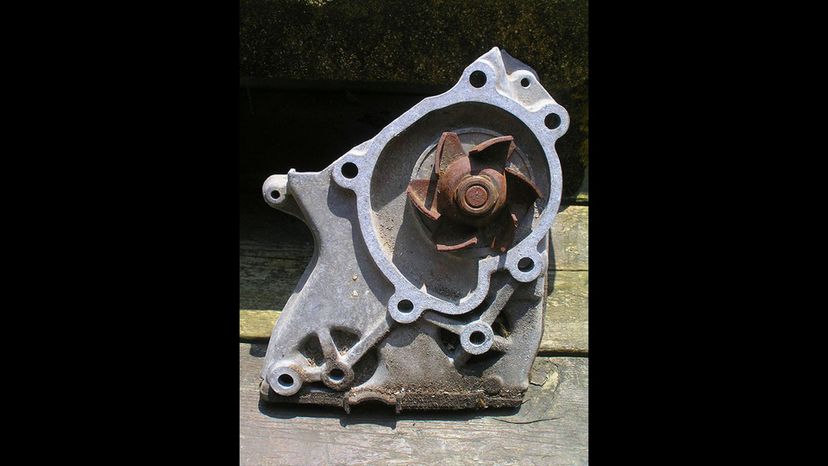
Operated by the engine's drive belt, the water pump moves coolant from the radiator through the engine's cylinder head to keep it cool.
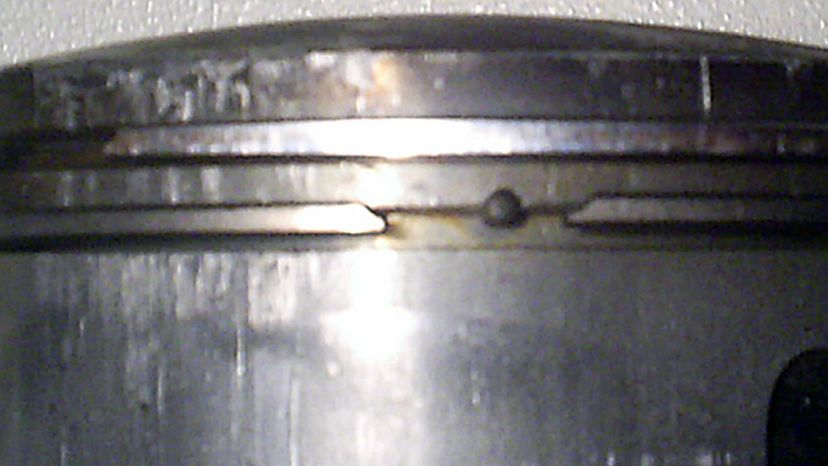
Piston rings serve three functions in an engine. They ensure the combustion chamber is sealed. They also increase the transfer of heat from the pistons to the cylinder wall. Finally, they help control oil consumption by collecting excess oil off the cylinder walls.

The wiper motor is a small motor that drives the windshield wipers on a vehicle. In Britain, this motor drives the windscreen wipers.
Advertisement

Alternators are used to charge the battery and power the electrical system when the engine is on. When it starts to fail, the vehicle's lights will dim, the engine will stall and the battery will be drained.
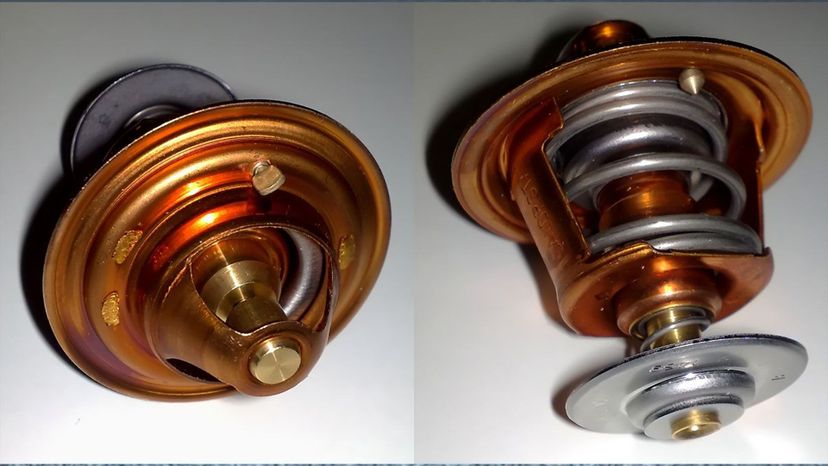
A thermostat is a small device between the radiator and the engine. It makes sure no coolant goes into the engine until it has warmed up enough.
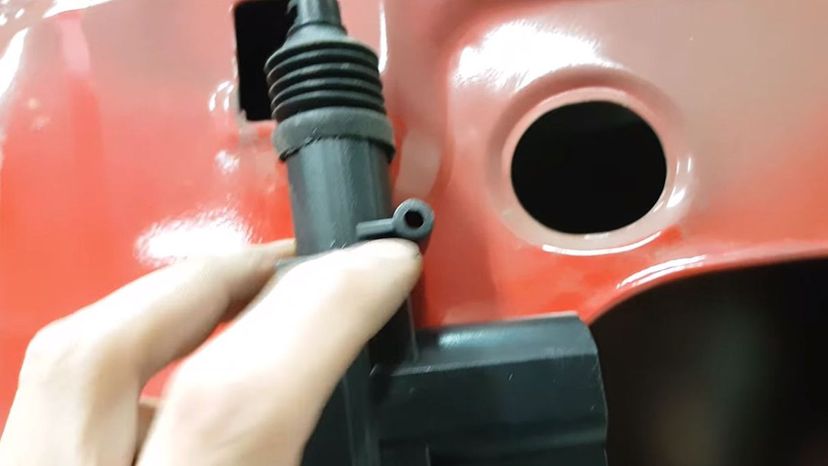
This is a tiny electric motor that locks or unlocks your doors with a push of a button. The first power lock on a car was introduced in 1914 by the Scripps-Booth automobile company but wasn't common until 1956, when Packard reintroduced them to the public.
Advertisement
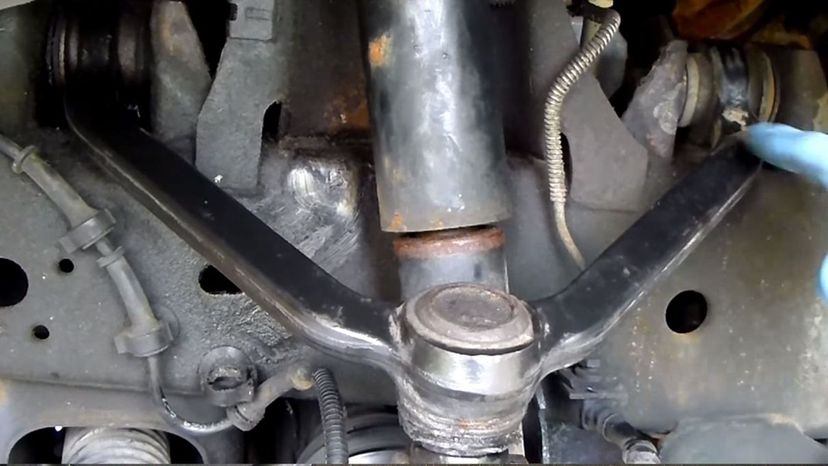
This is a link (normally hinged) that connects the chassis of the car to its suspension. They are often seen in vehicles with MacPherson struts.
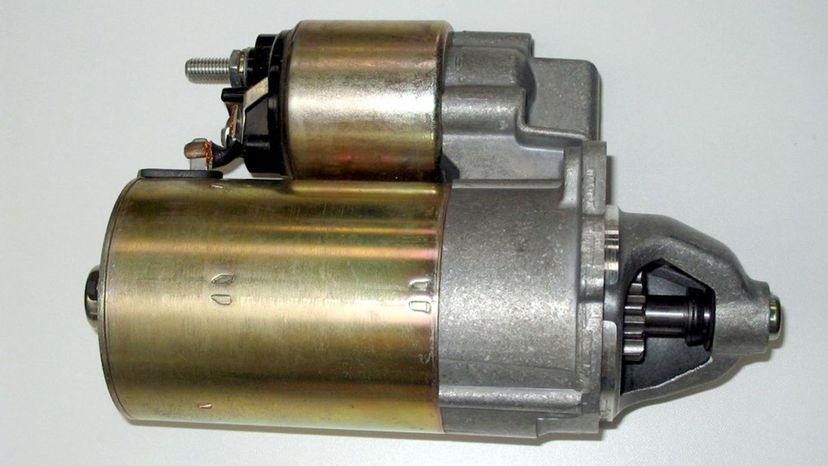
The starter motor is usually a small 12-volt DC magnet motor that is essential in starting a car when the key is turned. It has a small gear that connects to another larger one on the flywheel, which helps initiate the first two strokes of the four-stroke cycle of the engine and get the process started.
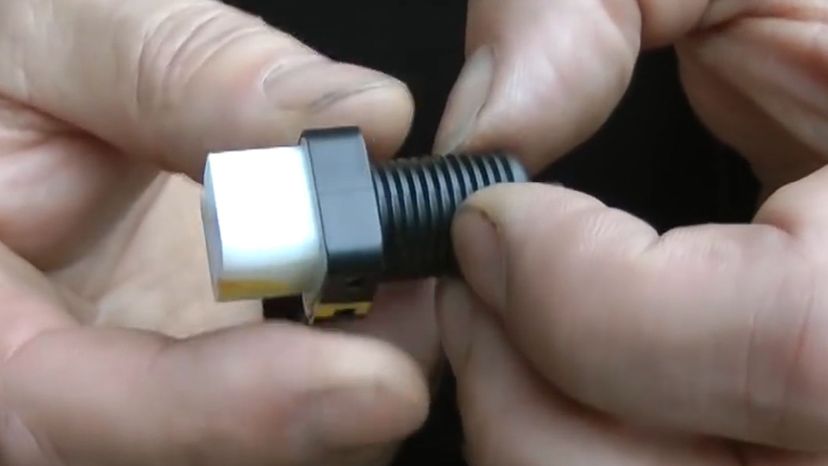
A brake light switch is a link between your brake pedal and your brake lights. Every time you press your brake pedal, the switch is activated. which then turns your brake lights on, alerting people behind you that you are slowing down. In modern vehicles, it also tells the vehicle's computer that the brakes have been applied.
Advertisement
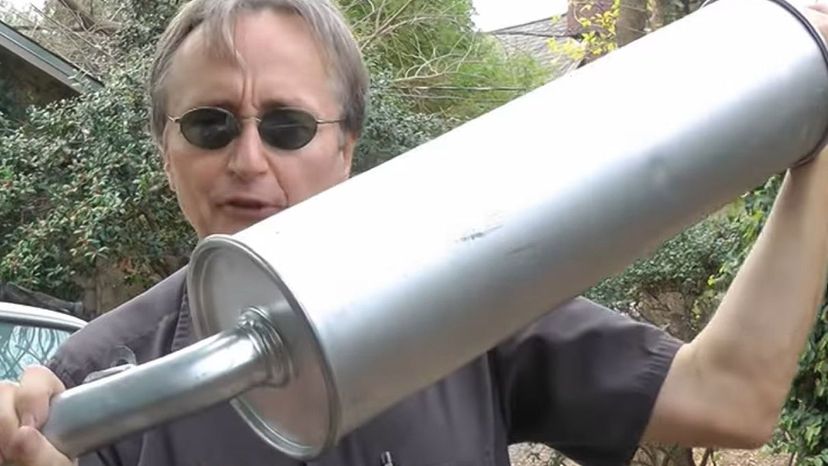
A muffler is mounted on the exhaust pipe in a vehicle. Its primary job is to lower the sound output of the engine. Different types of mufflers will give a vehicle different sounds, from quiet to growling.
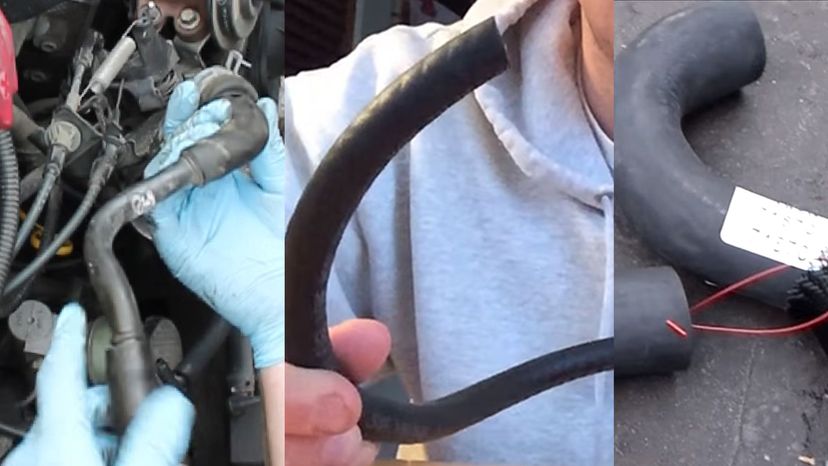
A range of hoses can be found all over a vehicle, including those that carry fuel, coolant and oil.
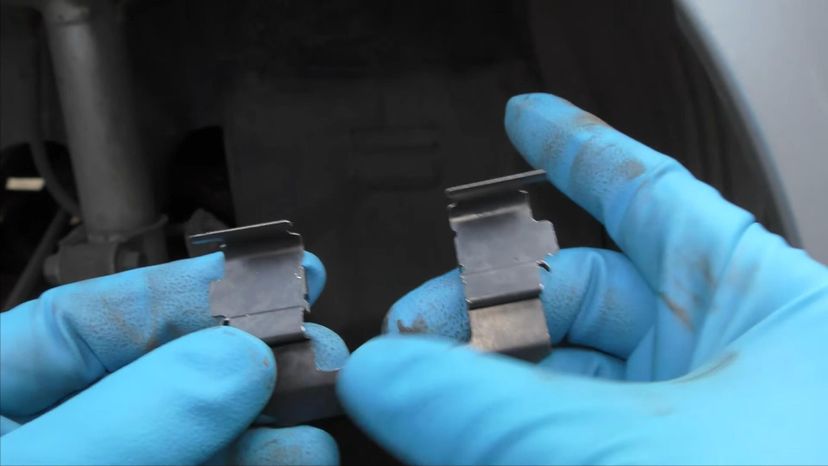
Brake clippers are used mainly to stop your brake pads from rattling. They are snapped into place when replacing the brake shoes on your vehicle.
Advertisement

The power window switch moves the power windows in a vehicle to open and close them. Each door has a switch, but in most modern vehicles the driver can operate all of the windows as well.

The mass air flow sensor calculates the mass flow rate of the air passing into a combustion engine with fuel injection. This is critical information which allows the engine control unit to deliver the right amount of fuel to the injectors.
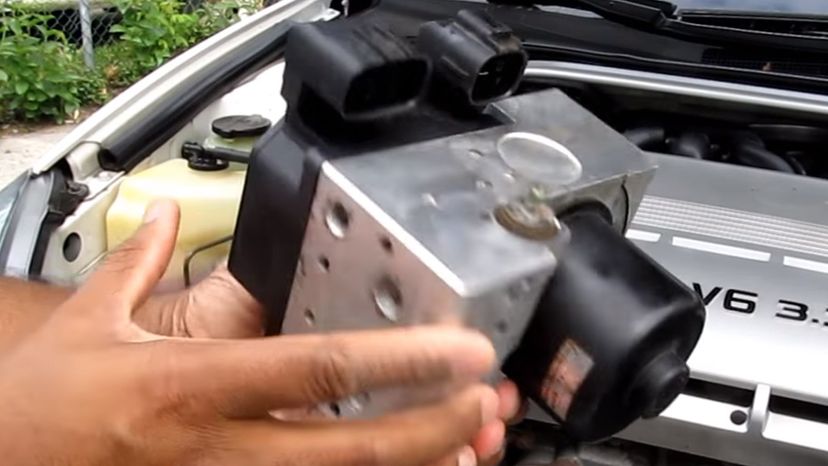
An essential part of the braking system on your car, the ABS control unit continually scans the speed of all wheels and ensures that any wheels turning slower or faster either receive reduced or more braking force when the brakes are applied. This keeps traction even at all times and prevents wheels from locking up and putting the vehicle into a skid.
Advertisement
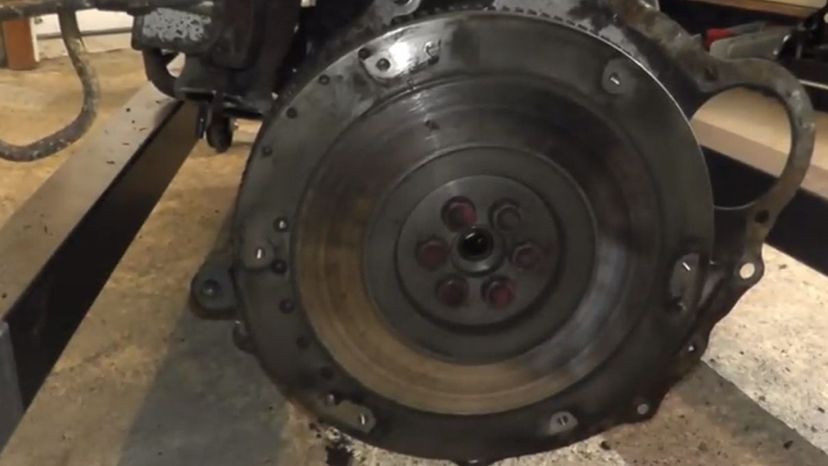
The flywheel is a heavy disk, connected to the crankshaft at the back of the engine. Its mass keeps a car's engine smoothly rotating between ignition strokes and stores rotational energy. It also provides the clutch something to latch on to, thus helping to deliver power through the transmission.
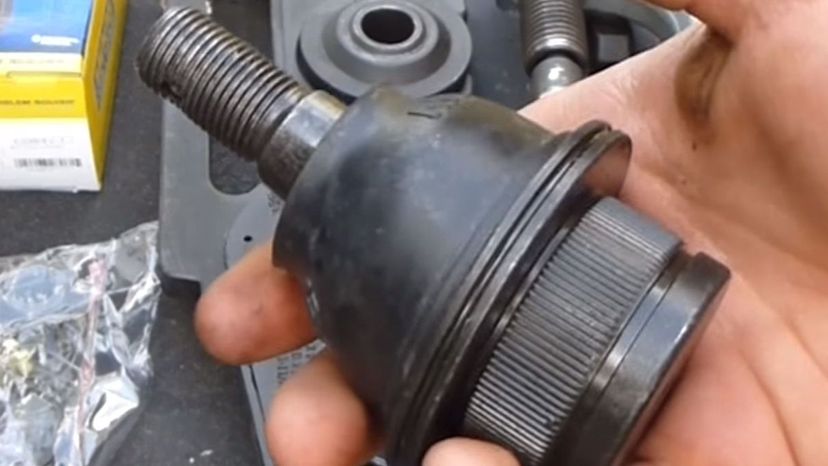
This joint is the connection between the steering knuckles and the control arm. Each joint consists of a steel bearing stud, enclosed in a casing together with a socket (similar to the design of the human hip). It acts as a fulcrum between the suspension of a vehicle and its wheels.

The air filter cleans the air going into the engine, preventing harmful contaminants from entering and doing damage damaging. The type of driving you do and the surrounding environment determine how often you should change the filter.
Advertisement
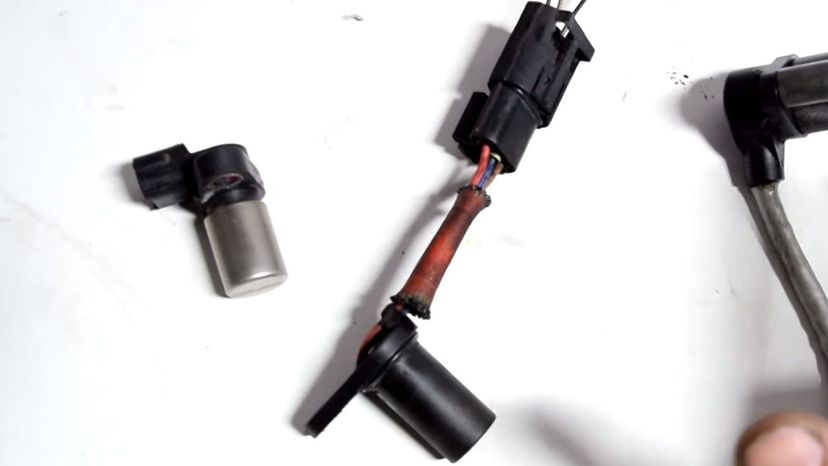
A camshaft position sensor is critical for the synchronization of injectors, as well as the proper sequence for coils to fire. By tracking the position of the camshaft, the vehicle's computer knows where each cylinder is in the four-stroke process. They also are needed for establishing engine speed and RPM signals, as well as setting ignition timing.

The wheel speed sensor is part of the anti-lock braking system. It tells the ABS unit how fast the wheels are turning and how much brake pressure to apply to stop the vehicle from veering out of control or skidding.
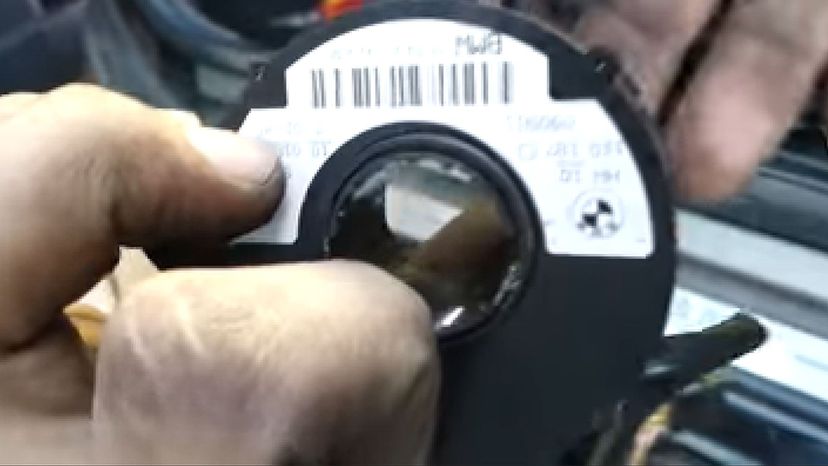
The steering angle sensor forms part of the electronic stability control (ESC) system in a vehicle and is located in the steering column. It calculates both the steering wheel's position and its turn rate.
Advertisement

The steering rack, part of a rack-and-pinion system, provides a direct link between the tires and the steering wheel.
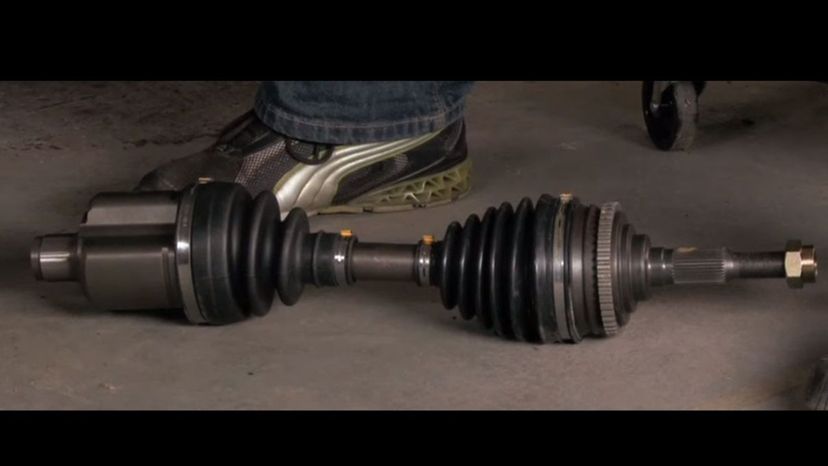
Axle shafts attach the car wheels to the gears in the rear differential or the transmission, which allows the wheels to turn and the vehicle to move.

Mounted inside the exhaust manifold, the oxygen sensor calculates the amount of unburned oxygen that exits through the exhaust. This is used to determine the fuel mixture. Too much oxygen and the fuel mixture is too lean, too little and it is too rich.
Advertisement

License plate lights are a simple set of lights, either set above or below the license plate, designed to provide illumination on the plate in the dark.
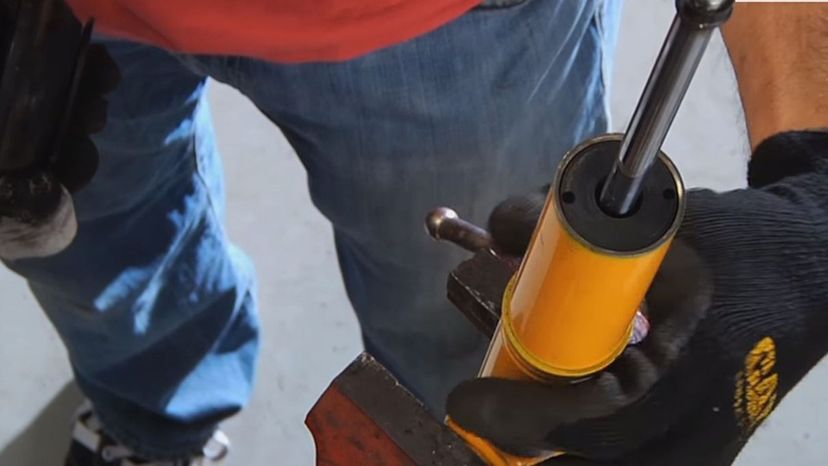
Shock absorbers have two main functions. They keep all four tires on the ground and they control the movement of the suspension while driving.
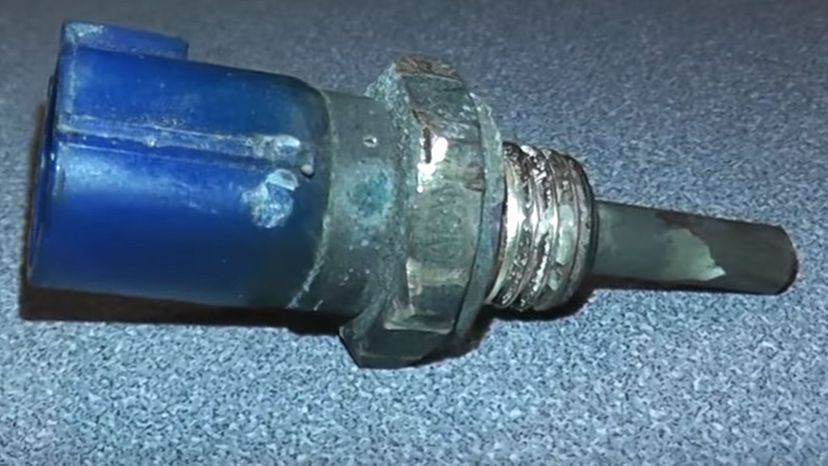
The temperature sensor monitors the temperature of the coolant running through the engine. This can affect the vehicle's fuel injection system.
Advertisement
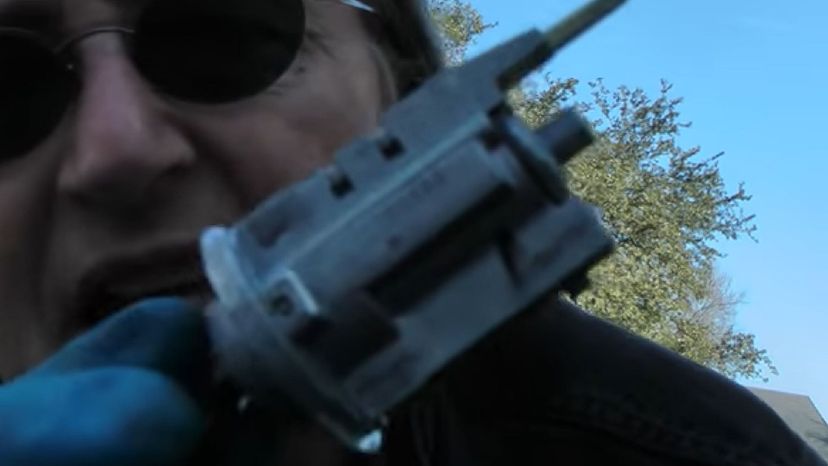
The ignition switch is the master switch in a vehicle. It supplies all the electrical components, ECU, ignition systems and fuel systems with power. It transfers power from the battery to the starter motor, which helps turn the engine over.
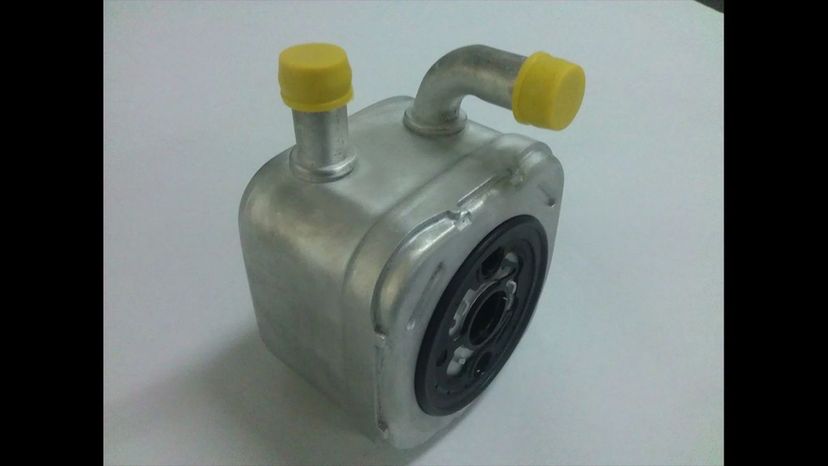
This small part, an element of the radiator system, is essential in making sure the oil running through the engine is kept as cool as possible and at a regulated temperature while maintaining its viscosity. The oil cooler helps to ensure a smooth running engine.
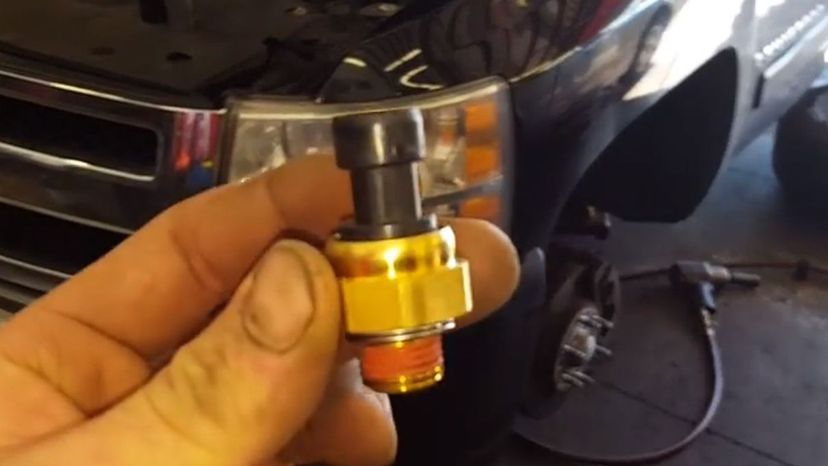
Pressure sensors are found throughout the vehicle. Various types measure the vehicle's fuel, oil and tire pressure, for example.
Advertisement
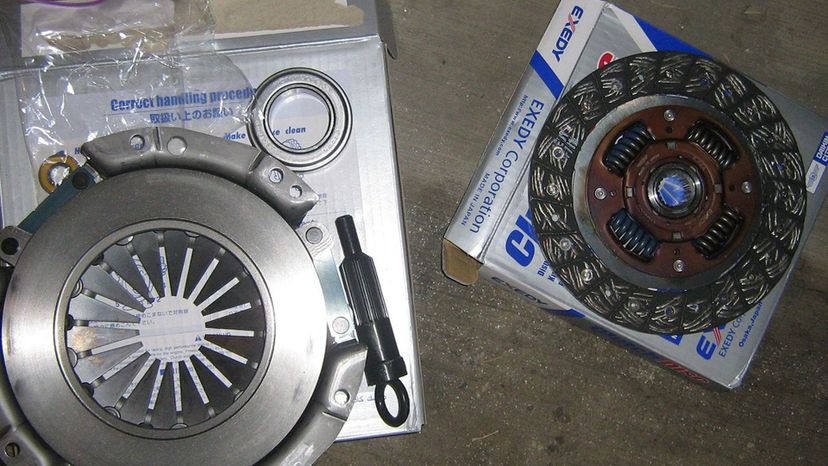
Simply put, a clutch is a connection between a vehicle's engine and its transmission. It transfers the power generated by the engine through the transmission to the wheels to make your car move. It also detaches the engine from the transmission when stopping or changing gears. Both manual and automatic vehicles have clutches.
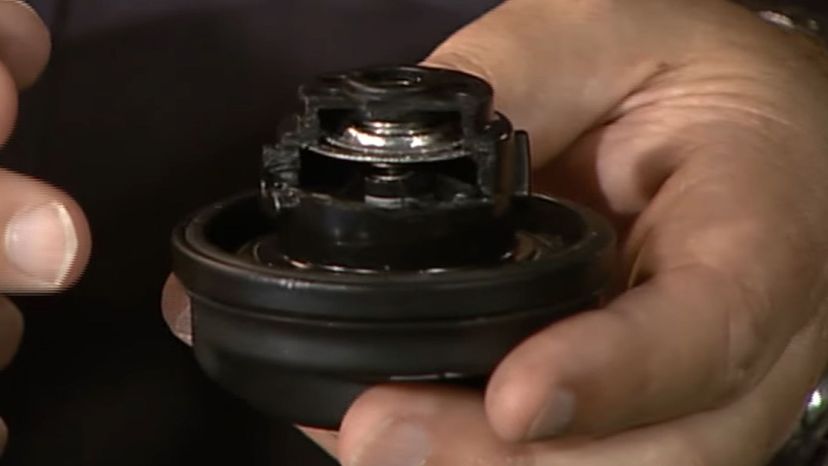
The gas cap covers the opening into the gas tank. It helps to prevent gas from evaporating out of the tank and helps maintain fuel system pressure by forming a seal.

A sway bar link is the connection between the sway bar and a car's suspension. The sway (or stabilizer) bar keeps the car from leaning too much one way or the other in turns.
Advertisement